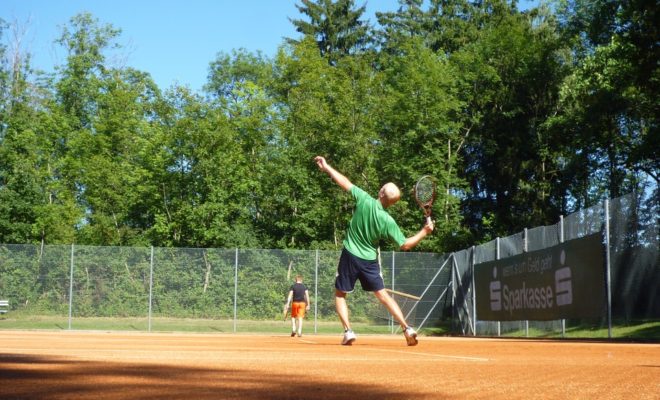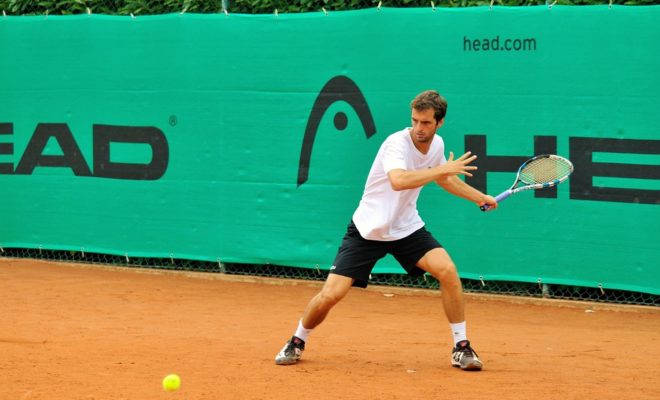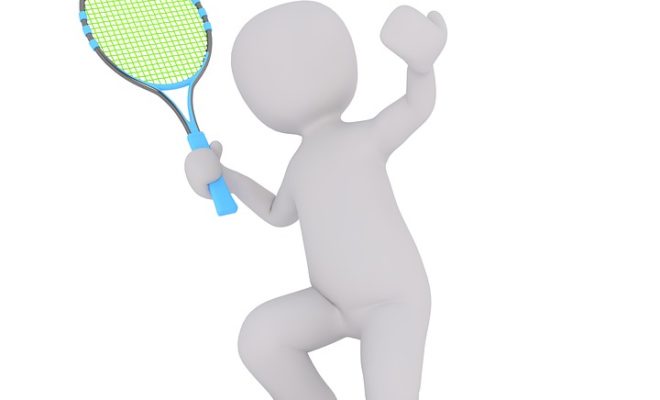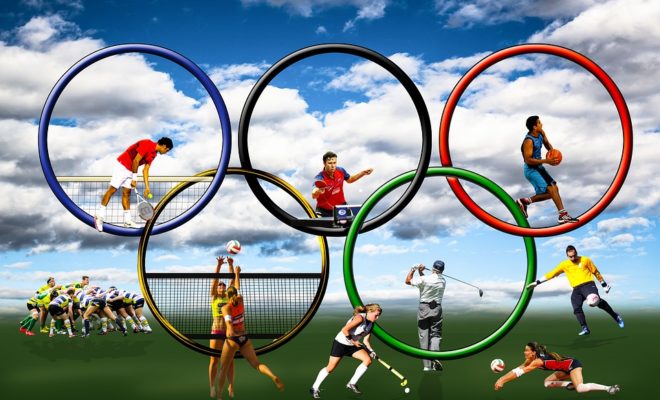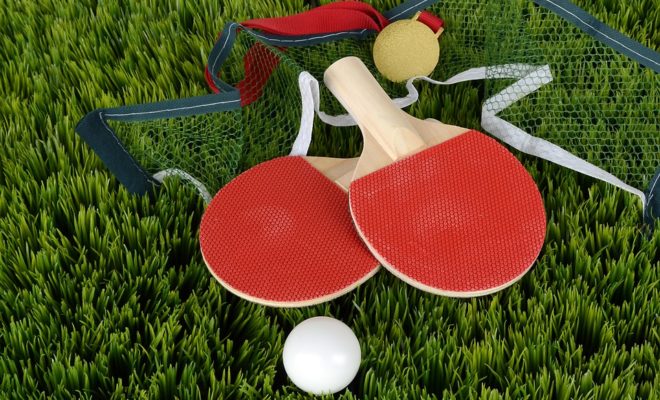GRIP, FOOTWORK, AND STROKES IN TENNIS
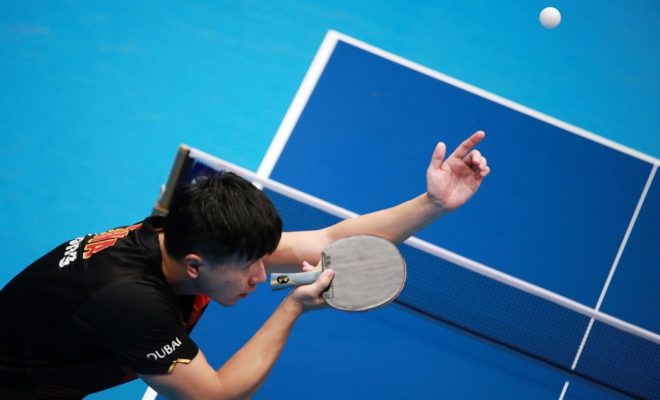
Footwork is weight control. It is right body position for strokes, and out of everything strokes ought to develop. In clarifying the different types of stroke and footwork I am composing as a right-hand player. Left-handers ought to just turn around the feet.
Racquet grasp is an extremely basic piece of stroke, on the grounds that a defective hold will destroy the finest serving. It is a characteristic hold for a top forehand drive. It is inalienably powerless for the strike, as the main common shot is a slash stroke.
To get the forehand grasp, hold the racquet with the edge of the edge towards the ground and the face opposite, the handle towards the body, and “”shake hands”” with it, similarly as though you were welcome a companion. The handle settled serenely and normally into the hand, the line of the arm, hand, and racquet are one. The swing brings the racquet head on a line with the arm, and the entire racquet is simply an augmentation of it.
The strike grasp is a quarter hover turn of hand on the handle, bringing the hand on top of the handle and the knuckles straightforwardly up. The shot goes ACROSS the wrist.
This is the best reason for a grasp. I don’t advocate taking in this hold precisely, yet display your normal grasp as nearly as conceivable on these lines without yielding your own particular solace or singularity.
Having once settled the racquet in the hand, the following inquiry is the position of the body and the request of creating strokes.
Each of the tennis strokes, ought to be made with the body’ at right edges to the net, with the shoulders arranged parallel to the line of flight of the ball. The weight ought to dependably go forward. It ought to go from the back foot to the front foot right now of striking the ball. Never permit the weight to leave from the stroke. It is weight that decides the “”pace”” of a stroke; swing that, chooses the “”speed.””
Give me a chance to clarify the meanings of “”speed”” and “”pace.”” “”Speed”” is the real rate with which a ball goes through the air. “”Pace”” is the force with which it falls off the ground. Pace is weight. It is the “”sting”” the ball steals when it leaves away the ground, giving the unpracticed or clueless player a stun of constrain which the stroke not the slightest bit appeared.
A considerable number of players have both “”speed”” and “”pace.”” Some shots may convey both.
The request of learning strokes ought to be:
1. The Drive. Fore and strike. This is the establishment of each of the tennis, for you can’t develop a net assault unless you have the ground stroke to open the way. Nor would you be able to meet a net assault effectively unless you can drive, as that is the main fruitful passing shot.
2. The Service.
3. The Volley and Overhead Smash.
4. The Chop or Half Volley and other coincidental and fancy strokes.


